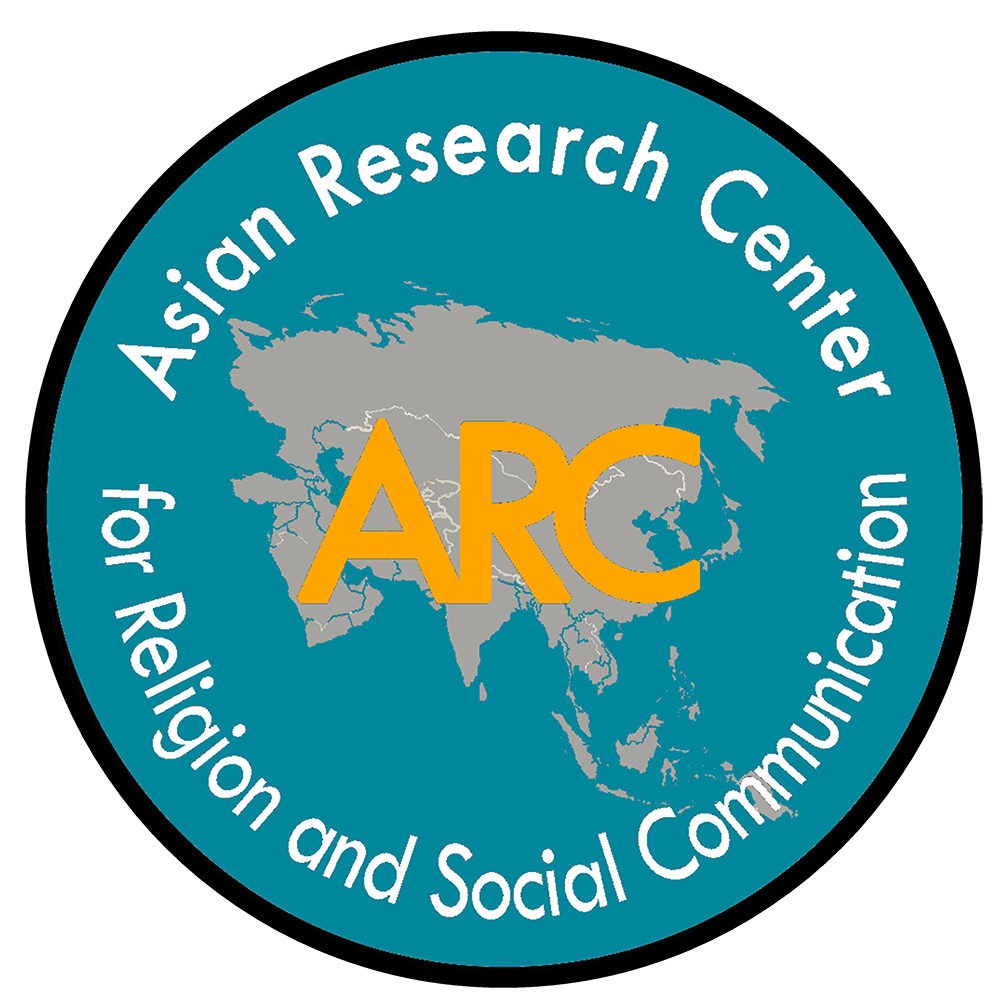On Shikinen Sengu, the Shinto Construction Ritual and the Environmental Psyche
Fumihiko Matsumoto
In Religion, Culture, and Ecological Flourishing in Asian Contexts. Edited by Anthony Le Duc. Bangkok: ARC, 2025
pp. 138–148
DOI: 10.59865/prajn.2025.9
This is an open access article under the CC BY license (https://creativecommons.org/licenses/by/4.0/).
This article was previously published in the journal Prajñā Vihāra 25, no. 2 (July-December 2025):58-73.
References
Ashkenazi, Michael. Matsuri: Festivals of a Japanese Town. Honolulu: University of Hawaii Press, 1993.
Creemers, Wilhelmus H. M. Shrine Shinto After World War II. Leiden: Brill, 1968.
Habu, Junko. Ancient Jomon of Japan. Cambridge: Cambridge University Press, 2004.
Hardacre, Helen. Shinto: A History. New York: Oxford University Press, 2017.
Kasulis, Thomas. “Japanese Philosophy,” The Stanford Encyclopedia of Philosophy, eds. Edward N. Zalta and Uri Nodelman (eds.) (Spring 2025 Edition). https://plato.stanford.edu/archives/spr2025/entries/japanese-philosophy/.
Kidner, David. Nature and Psyche. New York: State University of New York Press, 2001.
Nakajima, T., and N. Shiraishi. “Application of Local Yield Table Construction System to a Timber Self-Supply Production Strategy in Ise Shrine Forest with Special Focus on the Shikinen Sengu Ceremony.” Japan Forestry Society 89, no. 1 (2007): 21-25,.
Ono, Sokyo. Shinto: The Kami Way. Tokyo: Charles E. Tuttle, 1962.
Yamakage, Motohisa. The Essence of Shinto: Japan’s Spiritual Heart. Tokyo: Kodansha International, 2006.
Yoshino, Hiroko. “A Continued Study of the Ise Shrine; Its Festivals and Constellation: In Relation to Ritual and Constellation.” Japanese Journal of Ethnology 40, no. 1 (1975).



